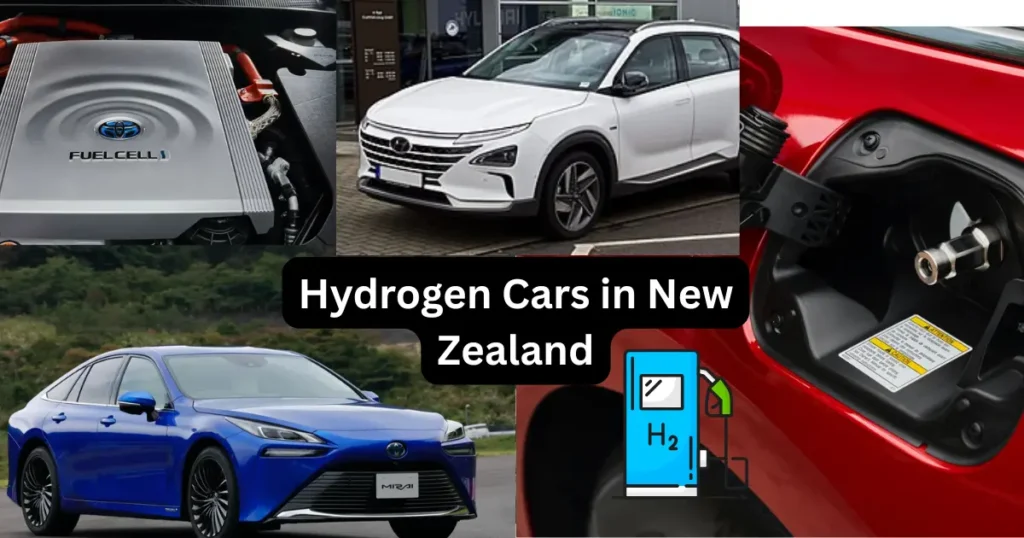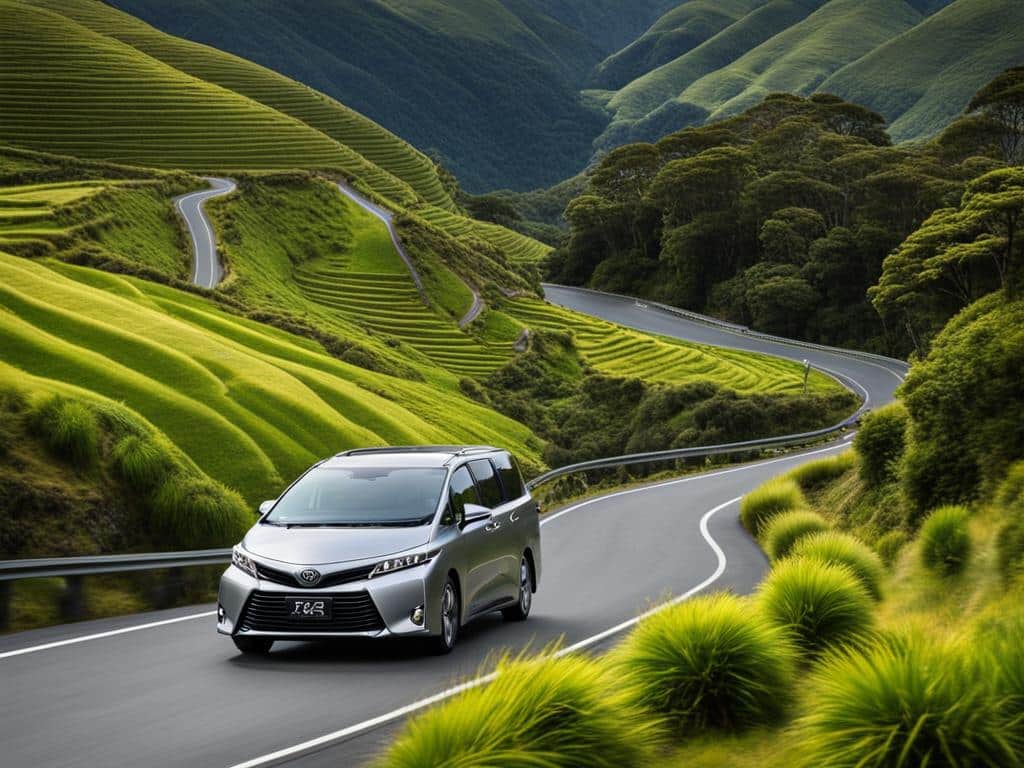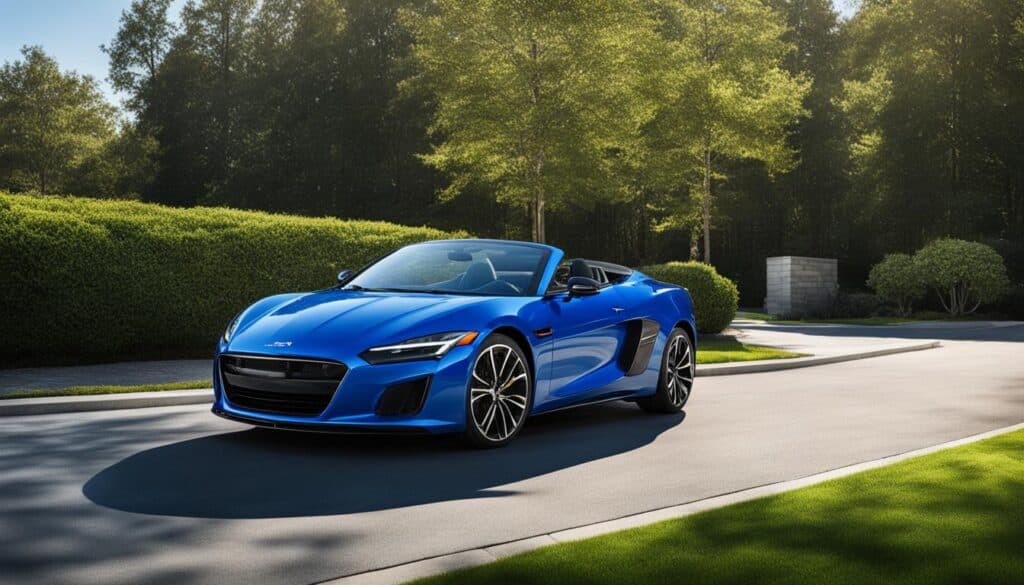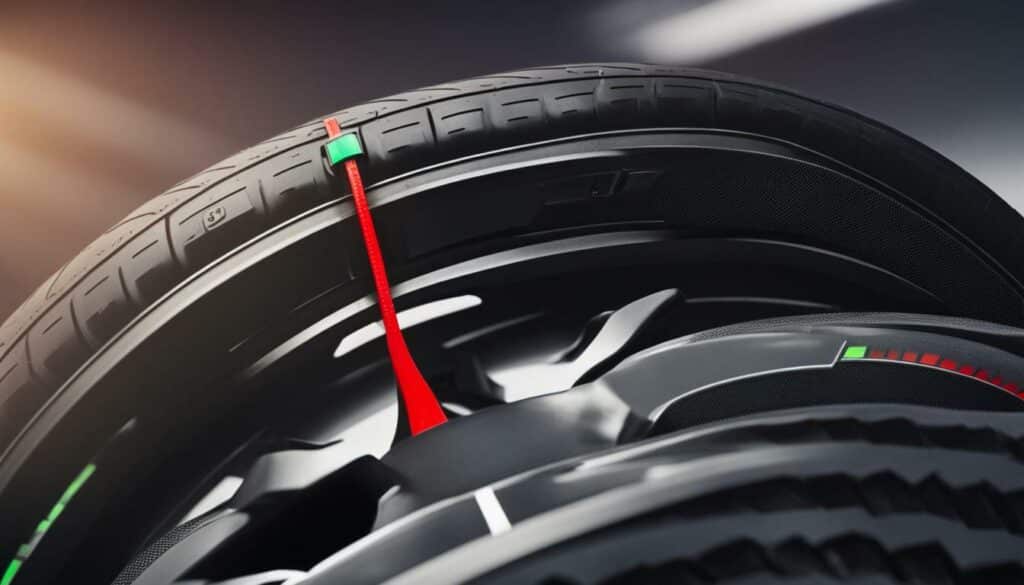Kia ora! As an automotive enthusiast in New Zealand, I’m always excited about cleaner, greener ways to drive. With our commitment to net zero emissions by 2050 and abundant renewable energy, hydrogen fuel cell cars are gaining attention as a futuristic complement to battery electric vehicles (BEVs). But how realistic is owning and driving a hydrogen car here in Aotearoa?
Let’s dive in and see if hydrogen-powered motoring is part of our near future!
Why Hydrogen Cars in New Zealand Are Drawing Interest
Hydrogen Cars in New Zealand promise to combine the long range and fast fill-up of petrol vehicles with truly zero tailpipe emissions. With our national goal of net zero by 2050 and abundant renewable electricity sources, the shift from research labs to public trials feels increasingly realistic.
What Are Hydrogen Cars (FCEVs)?
Hydrogen fuel cell electric vehicles (FCEVs) generate their own electricity on board by combining hydrogen gas with oxygen from the air. The only by-product is water vapor, making them true zero-emission vehicles. Here are the key features:
- Fuel Cell Power: A stack of fuel cells converts hydrogen into electricity to power an electric motor. It’s silent, efficient, and emits nothing but water.
- Quick Refuelling: Filling a hydrogen tank takes about 3-5 minutes, similar to pumping petrol. No lengthy charging sessions required.
- Long Driving Range: Many FCEVs offer 500-600 km on a single fill. Under test conditions, some have even exceeded 1,300 km.
- Lightweight Energy Storage: Hydrogen carries more energy per kilogram than batteries, making it ideal for heavy vehicles, long hauls, and applications where battery weight is prohibitive.
Safety Note: Hydrogen is stored at very high pressure (up to 700 bar) in carbon-fibre tanks. If a leak occurs, hydrogen rises and disperses quickly, reducing fire risk compared to liquid fuels. Modern FCEVs include multiple safeguards to ensure safe operation.
Hydrogen Car Models Available in NZ
Currently, there are no hydrogen cars for general retail sale in New Zealand. However, two key models have been trialled or special-ordered here:
- Toyota Mirai Sedan ~640 km Corporate fleets & trials only N/A (fleet only)
- Hyundai Nexo SUV ~600 km Special order by request ~$150,000 NZD
Toyota Mirai
- Trial Fleet: Since 2022, Toyota NZ has operated a small fleet of second-gen Mirai cars in an Auckland car-share trial with major corporates.
- Green Hydrogen: Powered entirely by hydrogen produced from renewable sources.
- Future Plans: Toyota plans to expand its fleet leasing scheme as hydrogen stations grow.
Hyundai Nexo
- Special Order: Christchurch councillor Phil Mauger was able to import one in 2021, despite no South Island stations at the time.
- Luxury SUV: High-end features, ~600 km range, and retailing at around $150,000 NZD.
- Ordering: Available by special request only; not on showroom floors.
Costs and Practicality of Hydrogen Cars
Vehicle Cost
- High Entry Price: New FCEVs run $100k–$150k NZD.
- Second-hand Imports: Some Mirais under $20k NZD overseas, but lack of fueling options limits practicality.
Fuel Cost
- Per Kilogram Pricing: Hydrogen is sold per kg; 1 kg ≈ 100 km.
- Future Projections: Green hydrogen may retail at $4–8 NZD/kg, making fuel costs $0.05–$0.08 per km, competitive with petrol and electricity.
Running & Maintenance
- EV-like Maintenance: No oil changes or spark plugs; electric motors and power electronics dominate.
- Specialized Servicing: Requires trained technicians; limited service centres currently.
- Insurance & Resale: Niche market means insurers and buyers are cautious.
Pros & Cons
Pros
- Zero Emissions (water only)
- Quick Refuelling (~5 min)
- Long Range (500–600 km+)
- Lightweight for Heavy Uses
- Early-Adopter Appeal
Cons
- Scarce Infrastructure outside key regions
- High Vehicle Cost vs BEVs and petrol cars
- Lower Energy Efficiency vs battery EVs
- Limited Model Choice
- Uncertain Resale Value
Hydrogen vs. EV vs. Petrol: A Quick Comparison
| Criterion | Hydrogen FCEV | Battery EV | Petrol/Diesel |
|---|---|---|---|
| Emissions | Zero tailpipe | Zero tailpipe | CO₂ & pollutants |
| Refuelling | 3–5 min at station | 15–30 min fast charge | 3–5 min at petrol pump |
| Range | 500–600 km+ | 300–600 km (varies) | 400–800 km |
| Infrastructure | Limited, growing | Extensive, expanding | Ubiquitous |
| Efficiency | Moderate | High | Moderate |
| Cost | High (vehicle + fuel) | Moderate (vehicle) | Low (vehicle + fuel) |
- Battery EVs lead for efficiency, cost, and infrastructure.
- Hydrogen shines in fast refuelling and heavy-duty applications.
- Petrol/Diesel remain ubiquitous but are phased out under climate goals.
Future Outlook and Government Policy
Government Strategy
- Interim Hydrogen Roadmap (2023): Positions hydrogen for hard-to-electrify sectors.
- Hydrogen Action Plan (2024): $80 million NZD funding for research, trials, and grants.
- Heavy Vehicle Incentives: Grants to help companies adopt hydrogen trucks and buses.
Private Sector Moves
- Hiringa Energy: Building core network of commercial stations.
- Halcyon Power: Producing green hydrogen via geothermal electrolysis.
- NZ Hydrogen Council: Industry-academic collaboration to drive standards and scale.
Emerging Models
- Toyota and Hyundai leading today.
- BMW, Kia, Honda exploring fuel cell concepts globally—could reach NZ by late 2020s.
Challenges Ahead
- High Infrastructure Costs: Millions per station; uptake risk.
- Tech Competition: Rapid EV advances and alternative fuels.
- Market Uptake: Chicken-and-egg with vehicle availability and stations.
Advice for Kiwi Drivers
- Join Trial Days: Manufacturers and councils often offer free demos.
- Crunch the Numbers: Total cost of ownership vs BEVs and ICEs.
- Consider Leasing: Reduces upfront outlay and includes servicing.
While I haven’t yet driven one myself, all signs point to hydrogen FCEVs finding a viable niche in New Zealand particularly where fast fill-up, long range, and heavy loads are critical. For most Kiwi buyers today, battery electric vehicles remain the most practical zero emission option. But as stations multiply and costs fall, hydrogen could well join BEVs on our roads by the late 2025s.
Ngā mihi for reading




